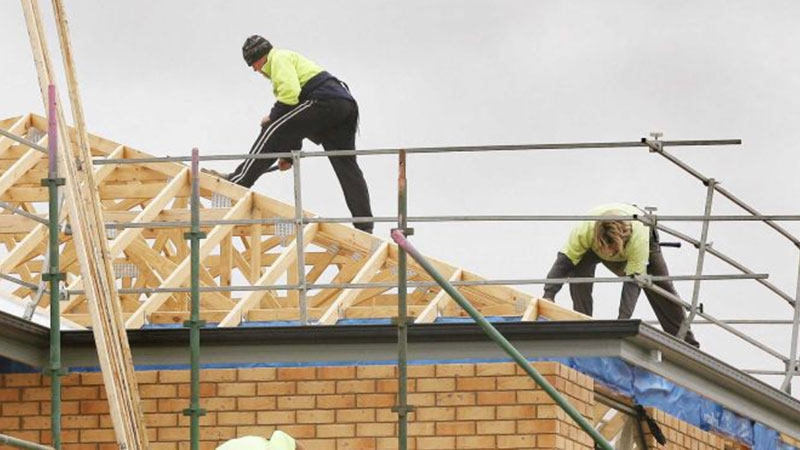Construction Declines Ease in June
The pace of contraction in the construction industry eased in June from the record lows experienced since March and April when activity levels collapsed in the wake of pandemic-related restrictions and uncertainty.
June marked the 22nd consecutive month of contraction in the Australian performance of construction index, which was up 10.6 points to 35.5.
This Australian Industry Group and Housing Industry Association performance of construction index (PCI) shows that while business conditions remained negative across the construction sectors last month, the pace of contraction eased from the record lows seen earlier this year.
“Construction activity, employment and new orders were all lower in June suggesting that it will be some time yet before the industry recovers,” AI Group’s Peter Burn said.
“Commercial construction and engineering construction remain very weak while the residential sectors moved closer to stabilisation.”

The latest Rider Levett Bucknall’s report noted that RLB offices are seeing a relaxing of pressure on construction costs in the second quarter of 2020, due to the falling activity across Australia.
RLB’s Peter Tulla said that many projects that had been planned to commence, or in the design phase, had been put on hold or are now progressing at a slower pace.
“According to a recent survey of RLB offices across Australia, 15 per cent of projects that were in the final stages of pre-construction, design development, tender pricing, fall into this category,” he said.
In New South Wales, RLB estimates that approximately $300 million worth of projects they are working on have been put on hold, or cancelled.
Among the PCI’s four construction sectors, all activity indices improved in June but remained firmly negative.
The house building sector, up 19.4 points to 39.6, and apartment sector, up 23.2 points to 44.8, improved by a greater margin than commercial, up 8.5 points to 26.6, and engineering construction, up 8.3 points to 32.1.
April 2020 was the lowest result since the Australian PCI metric launched in 2005.
Results below 50 points indicate contraction with lower results indicating a faster rate of contraction.
Covid-19 has resulted in a large demand shock to all segments of Australian construction. All four sectors of the Australian performance of construction reported increases in customer queries and requests for quotes in June, but it noted that these are not yet translating into solid commitments for future work.
The new orders index improved from recent lows but is still negative at 32.8 points.
Supply disruptions appear to be easing in line with reduced activity restrictions in parts of Australia, but the index noted that forward orders are “chronically low across all segments”.
“New orders suggests lower levels of activity are likely from here,” Tulla said.
“Beyond the immediate issues, considerable uncertainties remain over the longer-term impacts of the pandemic on the demand for commercial buildings and on net overseas migration which for many years has been an important driver of residential building activity,” Burn said.
RLB says it expects to see “elements of stress” in the market impacting on building cost fluctuations.
“All of these impacts will see a period of uncertainty in contractor tender pricing, some may cause downward shifts in tender costs as contractors and sub-contractors reduce margins and try to rebuild their pipelines of work, while increases may be seen in general labour rates, material price increases and contractor risk acceptance,” Tulla said.
RLB anticipates tender prices to rise 1.5 per cent in Sydney this year, while tender prices in Melbourne could rise 2 per cent over 2020.
Brisbane is expected to remain relatively the same with no change forecast, and tender prices in Perth are expected to rise by 1.5 per cent.













